Spark plugs are a critical component iKeeping your vehicle in top condition involves more than just engine maintenance; it extends to all parts, including the brake calipers. Painted brake calipers not only add to the aesthetic appeal of your car but also provide an extra layer of protection against rust and wear. Additionally, the vibrant colors of the painted calipers can make your vehicle stand out and showcase your personal style.
To guarantee the service life and best possible functioning of painted brake calipers, routine inspection is essential. This not only helps maintain their attractive appearance but also prevents the buildup of brake dust and debris that can affect their function. By completing a few easy steps and using the right cleaning products, you can effectively clean your painted brake calipers and keep them in great shape for years to come.
With this exhaustive tutorial, we take you through the process of cleaning painted brake calipers step by step. From gathering the right tools and materials to the correct cleaning technique, we’ll cover everything you need to know. Keeping your brake calipers cleaned regularly will help keep them in top condition and continue to improve the overall look and performance of your vehicle.

What you will need
It is important to collect all the materials you require before you start the process of cleaning to ensure a thorough and efficient job. Here’s a detailed list of what you’ll need:
- A high-quality bristle brush: This specific type of brush is designed to dislodge and remove dirt, dust, and grime from the brake calipers effectively. Its sturdy bristles provide optimal cleaning power.
- Brake cleaner: This specialized cleaning solution is formulated specifically for cleaning brake parts. It is highly effective in removing brake fluid, grease, and other contaminants that can accumulate on the calipers over time.
- Microfiber cloth: A soft and absorbent microfiber cloth is essential for wiping off loose dust and particles from the calipers. It also comes in handy for drying the calipers after cleaning, leaving them spotless and ready for use.
- Protective gloves and eyewear: Security must be a priority when dealing with detergents. Wearing protective gloves and eyewear will keep your hands and eyes safe from the brake cleaner, which can be harmful if it comes into contact with your skin or eyes.
- Bucket of warm soapy water: In addition to using the brake cleaner, having a bucket of warm soapy water nearby can be beneficial for extra cleaning if necessary. It provides an additional layer of cleaning power and helps ensure a thorough cleaning process.
- Paint-friendly degreaser: If your calipers are heavily soiled or have stubborn grime, using a paint-friendly degreaser can be a game-changer. It helps break down tough dirt without causing any damage to the paint on the calipers, keeping them looking clean and as good as new
- Detailing brushes: To reach tight spots and corners that may be difficult to clean with a regular brush, having a set of detailing brushes on hand is highly recommended. These brushes come in various sizes and shapes, allowing you to effectively clean every nook and cranny of the calipers.
By ensuring you have all these items readily available before the cleaning operation is started, you can do it seamlessly and efficiently, resulting in beautifully cleaned brake calipers. [1]
How To Clean Painted Brake Calipers
Start Buying Cleaning Accessories
Now that you are equipped with the essential knowledge of cleaning painted brake calipers, it’s time to start purchasing the necessary cleaning accessories. You can find many of these items readily available at local automobile parts stores, supermarkets, or online retailers. When making your purchases, it is important to prioritize quality over cost-effectiveness to ensure the best care for your brake calipers.
For instance, invest in a good quality brake cleaner that is specifically formulated for painted surfaces. This will remove mud, oil and traction dust quickly and effectively without causing any damage to the paint. Additionally, consider using a paint-friendly degreaser that is gentle yet effective in removing grease and oil buildup from the calipers.
Lastly, don’t forget about your safety while performing maintenance on your brake calipers. It is crucial to wear protective gloves to shield your hands from any harsh chemicals or debris. Additionally, wearing protective eyewear will protect your eyes from any splashes or particles that may be dislodged during the cleaning process.
By regularly maintaining your brake calipers with the right tools and accessories, you can ensure that they remain in optimal condition. This, in turn, will contribute to the overall performance and longevity of your vehicle. So, take the time to gather all the necessary cleaning supplies and follow the proper cleaning procedures to keep your brake calipers looking and functioning their best.
Spray Some Water On The Brake Calipers
After you’ve completed the detailed scrubbing process, it’s time to give the brake calipers a thorough rinse with fresh, clean water. This step is crucial as it helps to remove any remaining traces of brake cleaner, degreaser, and loosened dirt particles from the calipers. To ensure a proper rinse, be sure to use a gentle spray setting on your hose, avoiding any high-pressure streams that could potentially damage the paint.
Once you’ve finished rinsing, take a moment to carefully dry the calipers. Use a soft, absorbent microfiber cloth to gently remove any remaining moisture. This step is essential to prevent any water spots or rust formation on the calipers, ensuring their longevity and optimal performance.
By following these detailed rinsing and drying steps, you can maintain the cleanliness and functionality of your brake calipers, keeping them in top shape for your future driving adventures.
Apply Cleaning Products
After ensuring that the brake calipers are free of any loose dirt and have been thoroughly rinsed and dried, it’s now time to apply the cleaning products. Begin by generously spraying the brake cleaner on the calipers, making sure to cover all surfaces. Allow the cleaner to sit and penetrate the grime for a few minutes. This helps in breaking down stubborn dirt and grease, making it easier to remove when scrubbing.
Next, equip yourself with a bristle brush and detailing brushes to scrub the calipers thoroughly. Start by focusing on the visible areas, but don’t forget to reach into the small crevices and corners where dirt might hide. Ensure that your strokes are firm enough to remove the grime but gentle enough to avoid damaging the painted surface.
If the calipers are heavily soiled, you might need to apply a paint-friendly degreaser after using the brake cleaner. Apply the degreaser, let it sit for a moment to allow it to work its magic, and then scrub the calipers again using your brushes. This double cleansing process ensures that your calipers are as clean as possible, leaving no trace of dirt or grease behind.
Once you have finished scrubbing, rinse off any remaining cleaning agents with warm soapy water. Be sure to rinse thoroughly, ensuring that no cleaning residue is left behind. Once rinsed, dry the calipers completely using a soft microfiber cloth. This step is crucial to prevent any water spots or streaks from forming, leaving the calipers looking clean, bright, and ready for inspection.
By following these detailed steps, you can ensure that your brake calipers are not only clean but also well-maintained, prolonging their lifespan and keeping them in optimal condition.
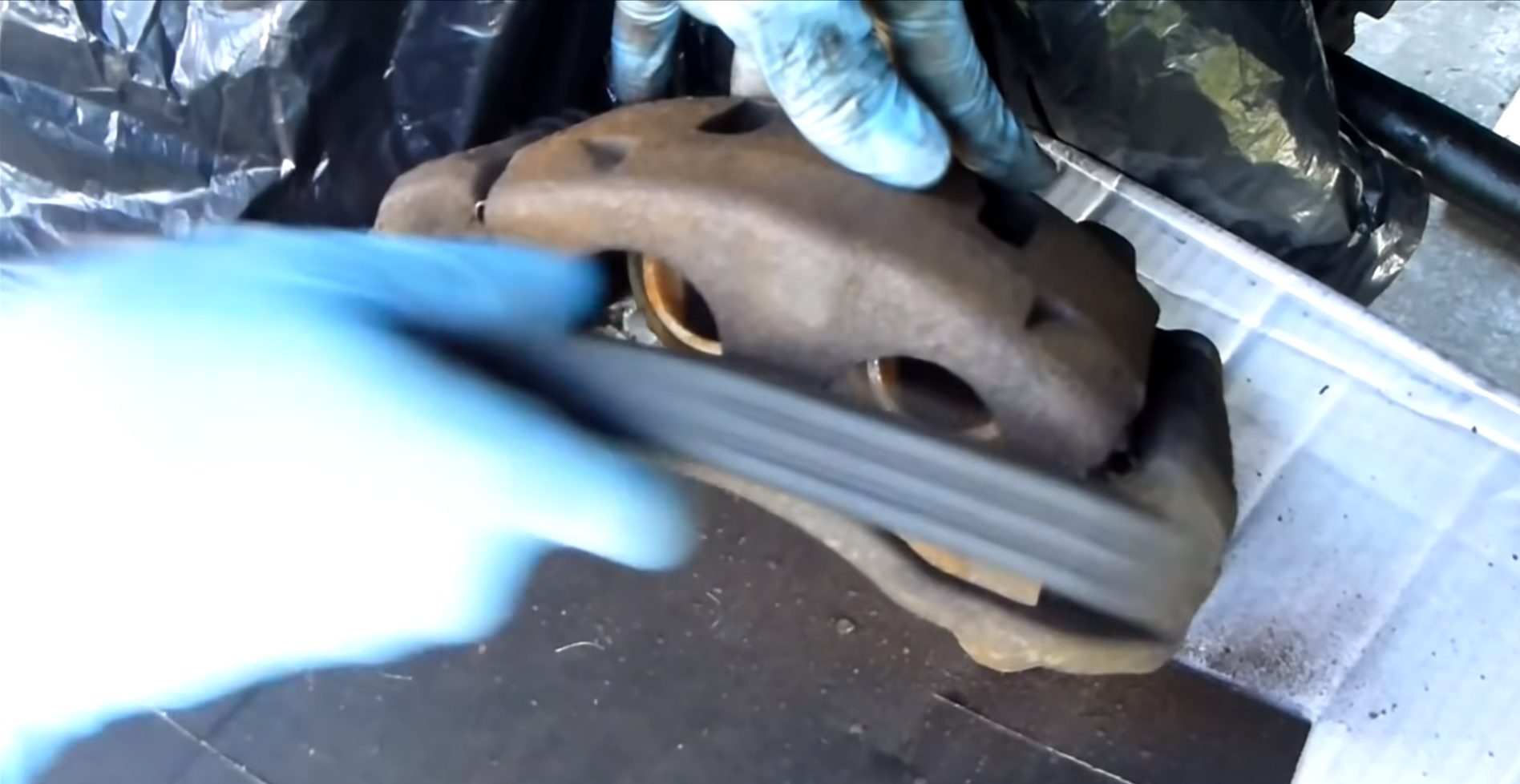
Start Rubbing Away Dirt With Brushes
Once the cleaning products have sufficiently soaked into the grime and loosened it, it’s time to start brushing. Equip yourself with protective gloves and eyewear for safety, ensuring your well-being throughout the process. Now, take the high-quality bristle brush and begin scrubbing the calipers. With each stroke, aim to dislodge any stubborn dirt, grime, and contaminants that have adhered to the surface of the calipers.
As you work, pay extra attention to the tight spots and corners, as these areas tend to accumulate more dirt. To tackle these hard-to-reach areas effectively, make use of detailing brushes. These specialty brushes are designed to reach into the nooks and crannies, ensuring a thorough cleaning.
Once you have finished brushing all parts of the calipers, it’s time to rinse them off. Use warm soapy water to thoroughly wash away all cleaning agents and loosened grime. Make sure to cover every nook and cranny, ensuring that no residue is left behind.
By following these detailed steps, you can ensure that your calipers are meticulously cleaned, leaving them in optimal condition and ready to perform their best.
Remove The Dirt With Water
After you have completed the thorough scrubbing process, it is important to proceed with rinsing off the loosened dirt and cleaning agents to achieve optimal results. Take advantage of a source of clean, fresh water and delicately rinse the brake calipers, ensuring all traces of dirt and cleaning agents are eliminated.
To avoid any potential damage to the paint job on the calipers, it is advisable to use a spray setting that is not overly forceful. Be sure to rinse the calipers from various angles, ensuring that every nook and cranny of the calipers is reached and thoroughly cleansed. This meticulous step will effectively remove any remaining remnants of brake cleaner, degreaser, and loosened dirt particles, leaving the calipers in pristine condition.
Once the rinsing process is complete, it is advisable to employ a soft microfiber cloth to meticulously dry the calipers. This final step is crucial as it helps to effectively prevent the formation of rust, ensuring the longevity and optimal performance of the calipers. By diligently following this comprehensive rinsing and drying procedure, you can be confident in maintaining the pristine condition of your brake calipers for years to come.
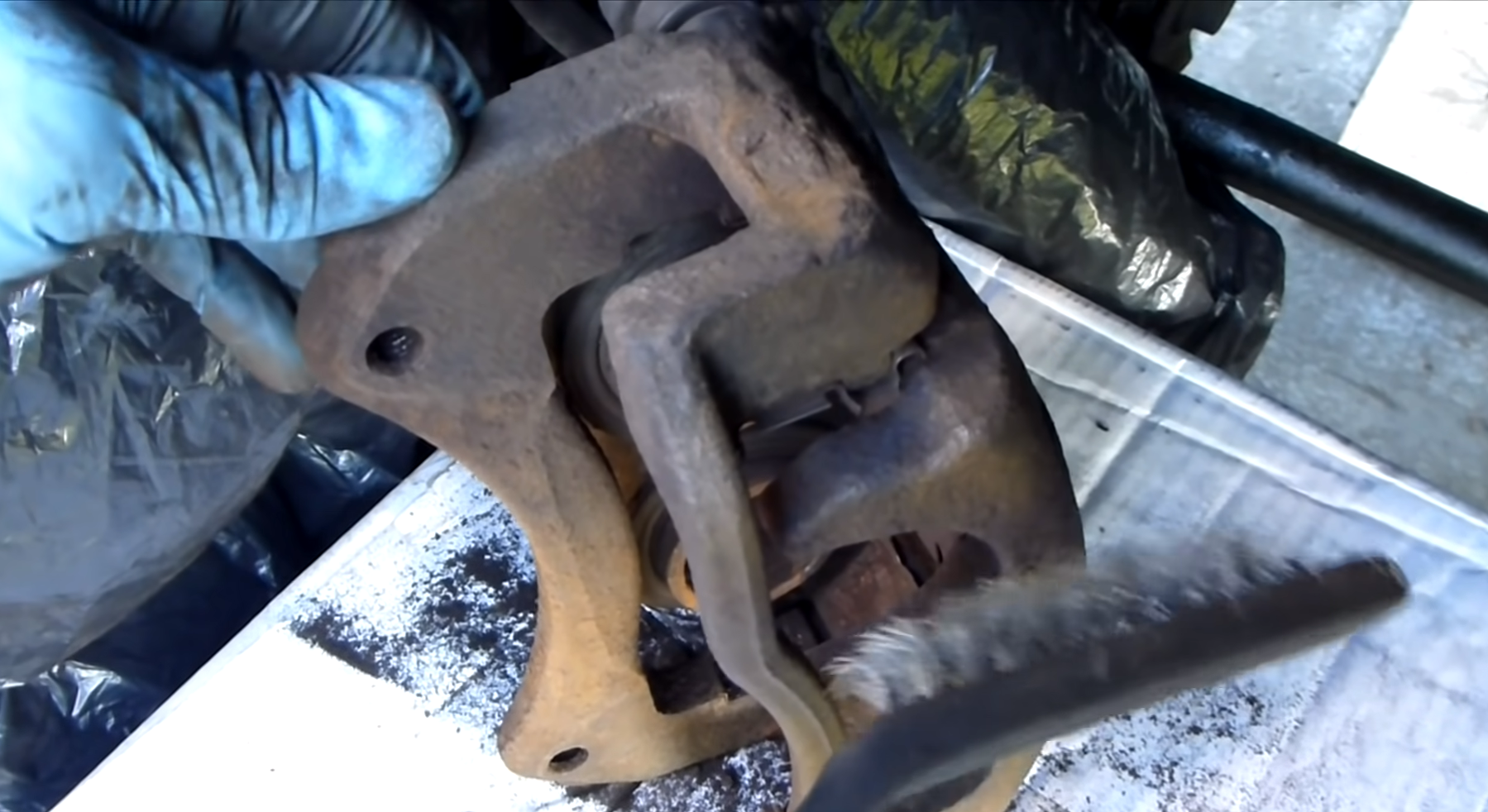
Dry Out the Brake Calipers
Upon completion of the rinsing process, it’s essential to thoroughly dry the brake calipers to prevent any rust or corrosion from forming. Using a clean, dry microfiber cloth, gently blot and wipe the calipers until they are completely dry. Pay special attention to any nooks and crannies where water might hide. If you have access to compressed air, it can be used to blow out any trapped water in tight spaces. Remember, leaving any moisture behind can lead to rust, which can compromise the longevity and performance of the brake calipers. Always ensure the calipers are absolutely dry before moving on to the next step of the process. [1]
What Types Of Brushes To Use For Cleaning Brake Calipers
For optimal brake caliper cleaning, different brushes are needed. A long, stiff bristle brush is essential for scrubbing and removing most dirt and grime. Choose bristles tough enough to tackle stubborn debris but gentle enough to avoid paint scratches.
Invest in a larger, soft-bristle brush for post-cleaning rinse. It helps remove remaining cleaning agents and grime for a thorough clean. Choose brushes resistant to brake cleaners and degreasers for durability. [1]
Why Cleaning Out Painted Brake Calipers is Essential
Maintaining clean painted brake calipers is vital for both aesthetic and functional reasons. On the visual aspect, clean calipers enhance the overall look of your vehicle, particularly if you have custom painted calipers that match or complement your car’s color scheme. Dirty calipers can detract from your vehicle’s appearance, especially if they are visible through your wheel design.
From a functional perspective, dirt, grime, and road salts that accumulate on calipers can potentially lead to corrosion over time. This can degrade the caliper’s performance and shorten its lifespan. Furthermore, excessive dirt can inhibit heat dissipation, leading to brake fading and compromised safety. Regular cleaning not only ensures your brake calipers look their best but also contributes to optimal brake performance and extends the life of your brake components. [1]
FAQ
How do you clean dirty painted calipers?
To clean dirty painted brake calipers, gather the necessary tools and supplies including brake cleaner, a safe degreaser, brushes, warm soapy water, and a microfiber cloth. Spray brake cleaner, let it soak, then scrub with a brush. Rinse with soapy water, dry gently. Regular cleaning keeps calipers looking great and ensures optimal brake performance.
How do you get brake dust off painted calipers
Brake dust can tarnish the appearance and affect the function of painted brake calipers. Removing brake dust is a simple process involving the use of a brake dust cleaner, brushes, warm soapy water, and a microfiber cloth. After spraying and letting the cleaner sit, gently scrub the calipers and rinse thoroughly. Dry the calipers completely to prevent rusting. To prevent future buildup, consider using a brake dust repellent spray.
Can you clean painted calipers with brake cleaner?
Brake cleaner is an effective solution for cleaning painted brake calipers. It removes dirt, grease, and brake dust, penetrating deeply to loosen grime. Ensure the cleaner is safe for painted surfaces to avoid damage. Follow manufacturer’s instructions and rinse with warm soapy water after use to prevent rusting.
Does paint stay on brake calipers?
Painting brake calipers can be done, but it requires the use of specific high-temperature-resistant paint and proper preparation. The caliper surface must be cleaned thoroughly, and a top coat or sealer should be applied for added protection. Regular maintenance and cleaning are important to maintain the longevity and aesthetics of the paint.
How long do painted calipers last?
The lifespan of painted brake calipers depends on various factors such as paint quality, application process, and driving conditions. High-quality caliper paint can last 3 to 5 years, but harsh environments may accelerate paint degradation. Regular cleaning and maintenance can prolong paint life, and prompt repair of any damage is crucial to prevent further deterioration.
Is caliper paint rust proof?
High-quality caliper paint provides a protective layer against rust by creating a barrier that blocks moisture and air. While it is not entirely rust-proof, regular maintenance and inspections are crucial to detect and repair any paint damage to prevent rusting.
Useful Video: How to Paint Brake Calipers Fast and Easy
Conclusion
Properly maintaining and cleaning painted brake calipers is crucial for vehicle care. Regular cleaning enhances aesthetics and ensures optimal performance. Use safe tools, techniques, and products to retain paint vibrance and prolong lifespan. Preventive care, like using brake dust repellent and regular inspections, keeps calipers looking great and functioning efficiently.
References:
- https://theautovibes.com/how-to-clean-painted-brake-calipers/






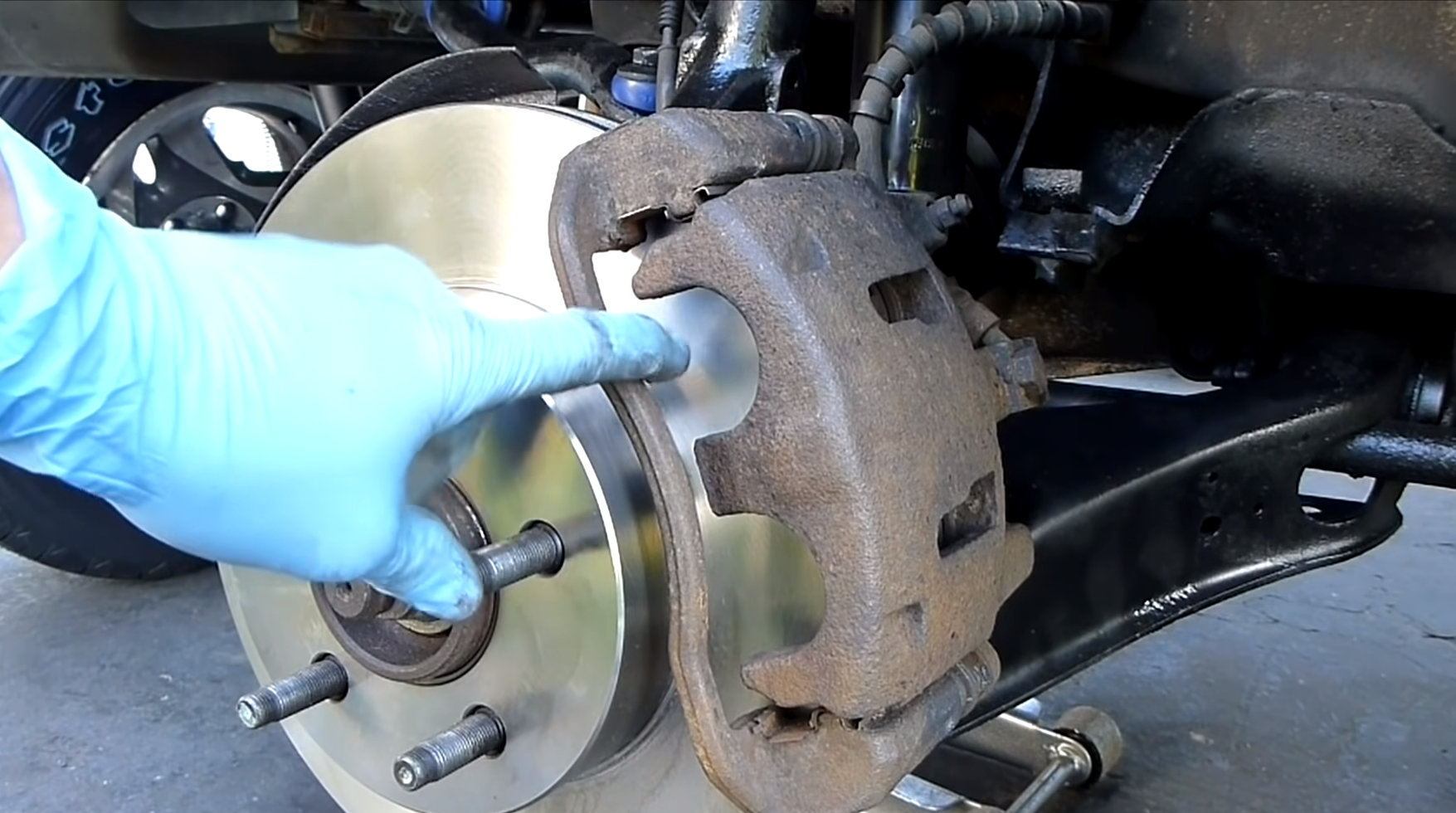
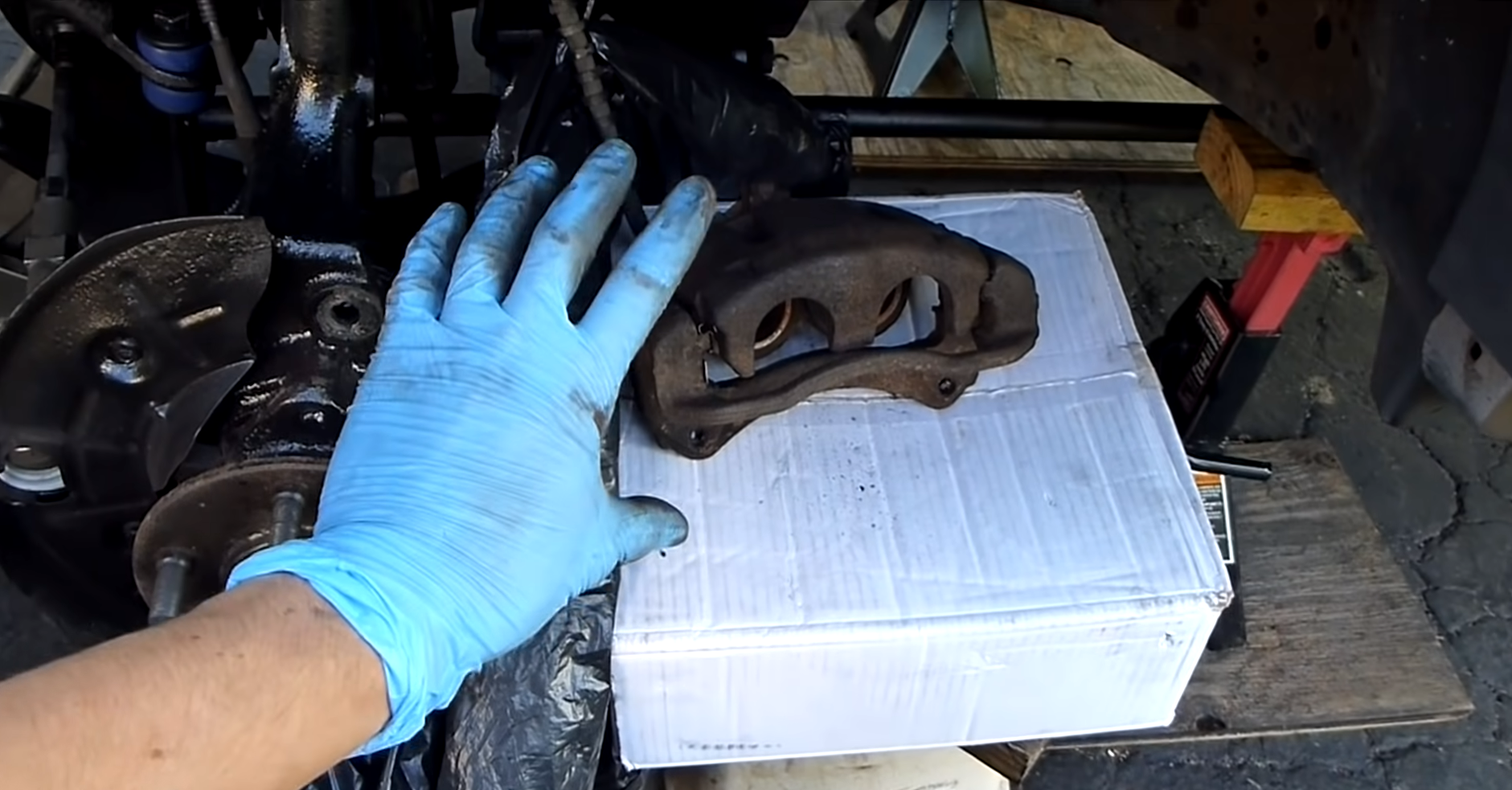
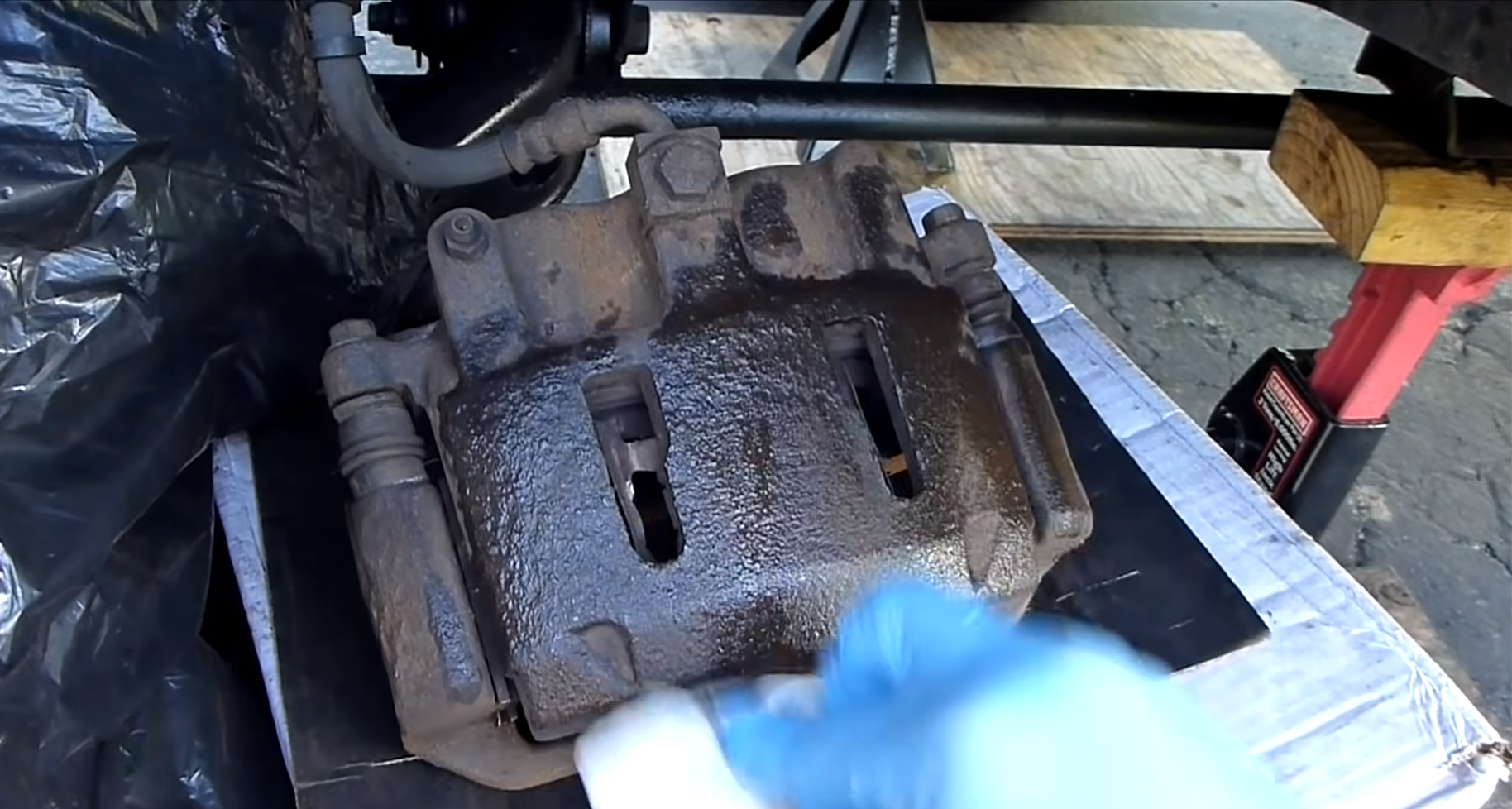
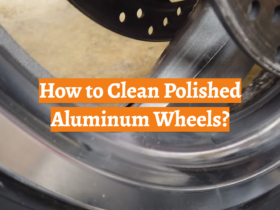
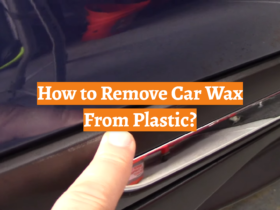
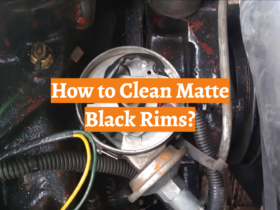

Leave a Review